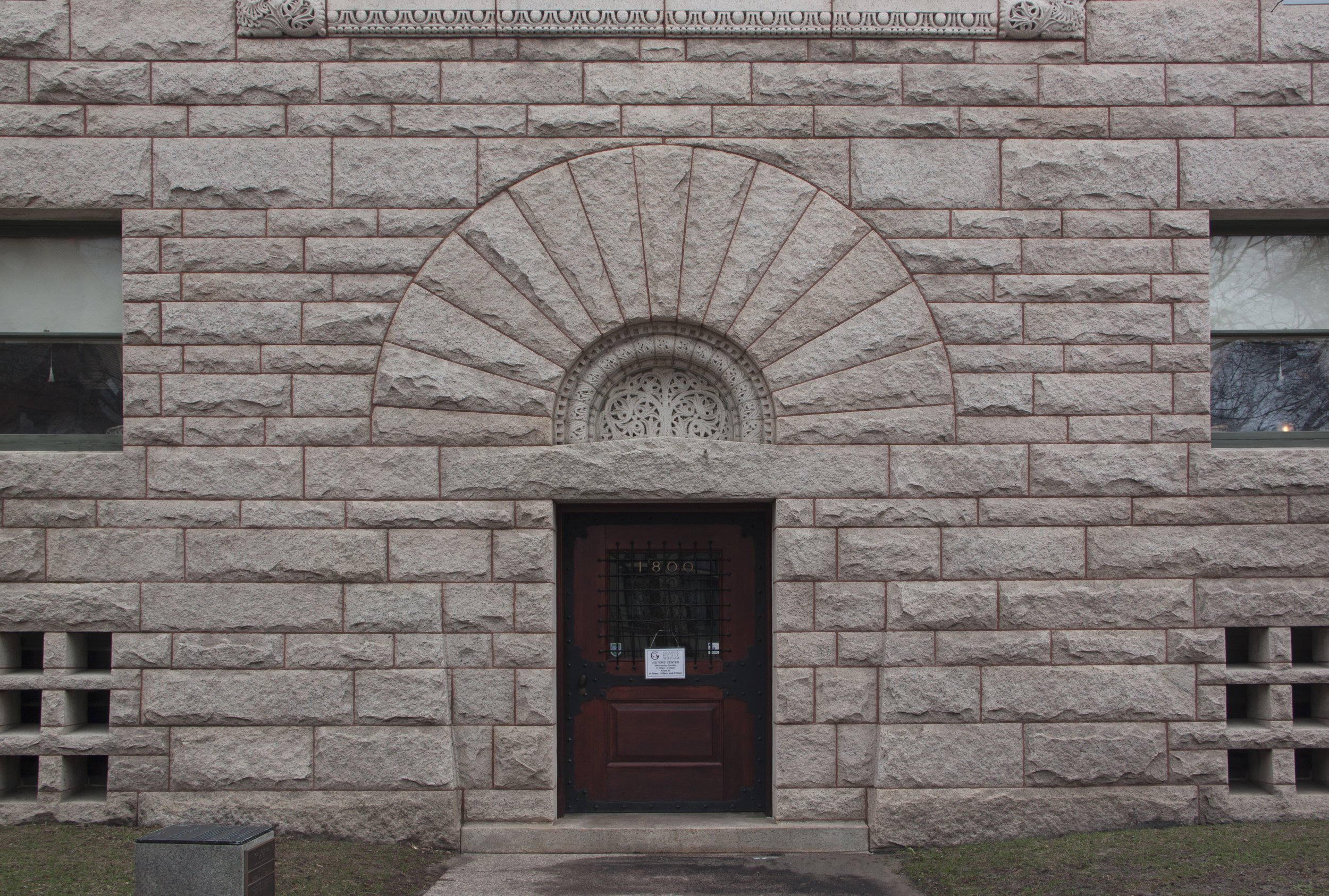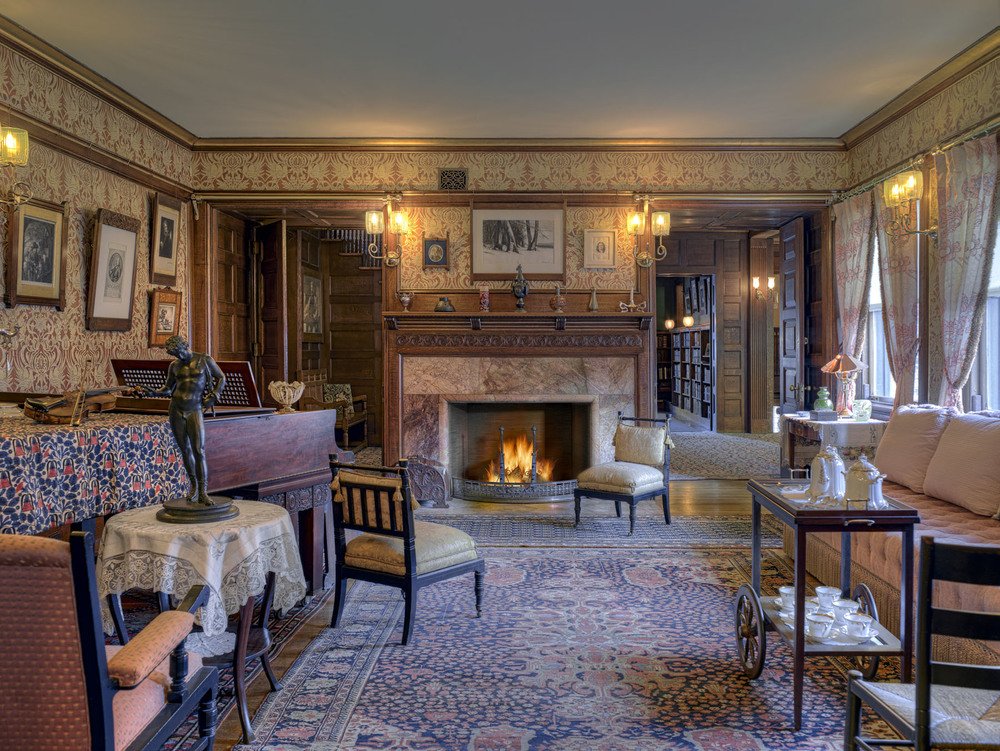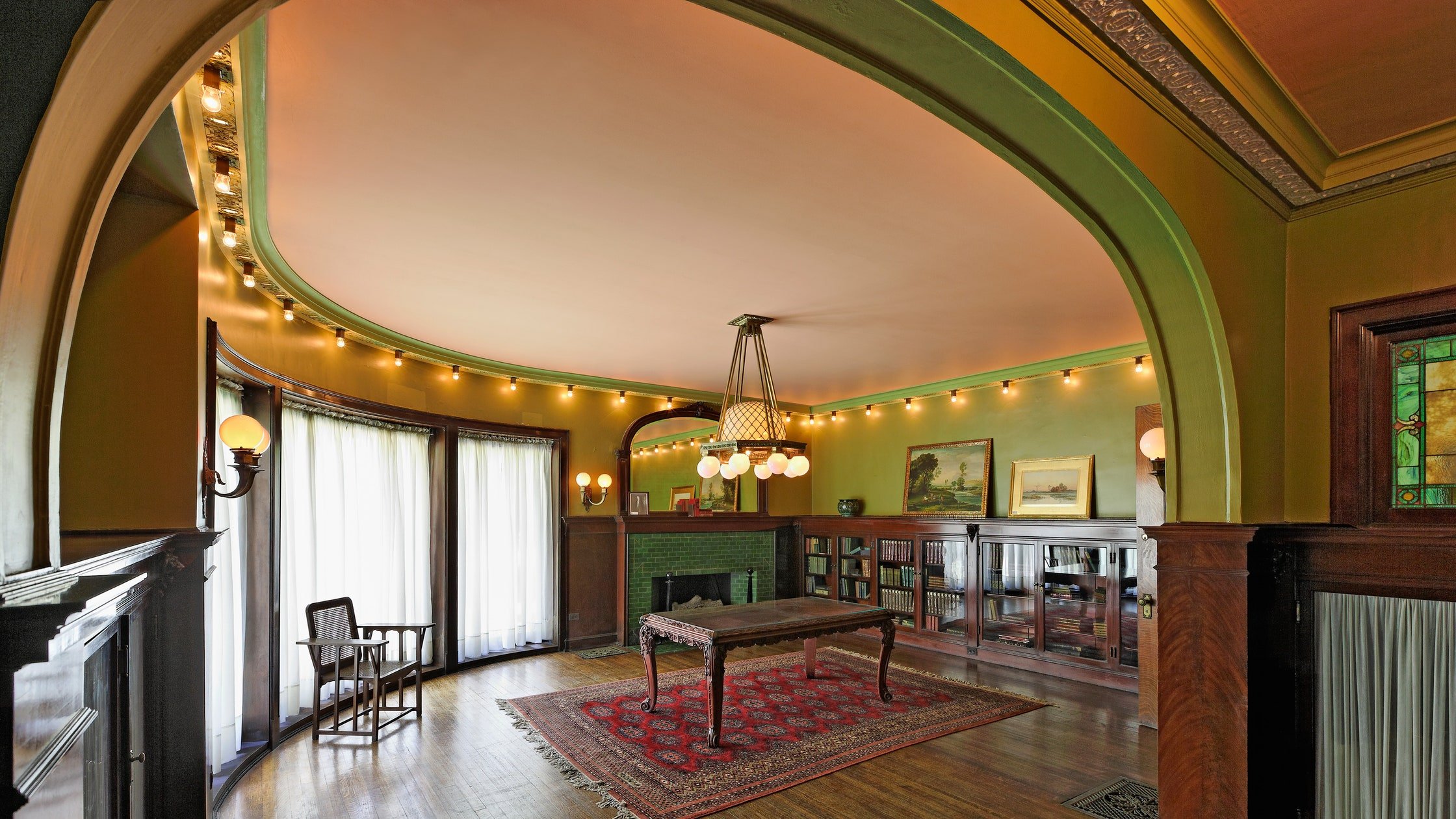Off the Beaten Path House Tours | Beyond Frank Lloyd Wright
Chicago is known for its architecture tours, extraordinary homes from eras past, and charming neighborhoods rife with historical significance. Though the footprint of a certain well-known architect can't be overlooked as you travel through the city and beyond, this guide we'll take you to some of Chicagoland's lesser-known historic house museums, all worth the trip. Read on to discover these exceptional properties.
The Schweikher House
The Schweikher House, which is located in Schaumburg, was constructed in 1937–1938 by the Paul Schweikher a trip to Japan to study the country's architecture. The structure displays a distinctive fusion of Prairie, Japanese, and vernacular architecture with a strong modernist basis. It served as the owner's private dwelling as well as his professional architecture studio.
To allow for a continuous flow of natural light and air, he united the separate spaces designated for sleeping, living, and working in the interior. In order to create the essence of the house and to highlight the Chicago common bricks, he constructed a sizable fireplace in the living room. Incorporating built-in furniture, a passive solar room, exposed wood beams, and a passive solar system, Schweikher drew inspiration from the Japanese minimalist architecture he had encountered while traveling.
The Schweikher House Preservation Trust offers docent-lead tours as well as events like musical performances and morning yoga on the property.
Glessner House
The Glessner family lived in this house for fifty years, through the rise and decline of the Prairie Avenue neighborhood. John Glessner held the house in high regard as a representation of content family life, and its interiors show how well the architect and his clients worked together. The Glessners wanted a straightforward, homey home that resembled their former West Washington Street home, so Richardson responded by designing the Glessner House during the so-called Gilded Age, when America's newly wealthy industrialists were living in contemporary castles.
Guides tours are available on Wednesdays, Fridays, and Saturdays year-round.
Farnsworth House
The Edith Farnsworth House was designed and built between 1946 and 1951 as a weekend retreat for prominent Chicago nephrologist, musician, and poet, Dr. Edith Farnsworth, as a place to relax, entertain, and enjoy nature.
It holds National Historic Landmark classification and is regarded as a classic example of International Style architecture. This was Ludwig Mies van der Rohe's first and most major domestic project in the United States. The glass and steel home, which is 58 miles southwest of Chicago, is situated on a 62-acre parcel next to the Fox River and is surrounded by a lush natural setting.
The Farnsworth House hosts tour season runs Wednesday through Sunday, from March through November.
Pleasant Home
This residence, which is a National Historic Landmark and the only George W. Maher structure that is accessible to the general public as a museum, is located in Oak Park's expansive Mills Park and was created in 1897. Although Frank Lloyd Wright is better known, Maher, a peer of his, helped establish the Prairie School of architecture with the design of Pleasant Home, which had an impact on the mixing of oeuvres that established the style.
The Prairie School's influence on modern architecture and design in the Midwest and abroad may still be seen in Pleasant Home, one of the first Prairie School buildings. The 30-room museum features bespoke woodwork and beautiful art glass from the late 19th century.
Pleasant Home Foundation offers guided tours, self-guided tours, concerts, and holiday events.
Madlener House
The Madlener House, a 9,000 square foot Prairie-style estate near Chicago's famed Gold Coast, has been home to the Graham Foundation since 1963. The house was constructed in 1901–1902 for Albert Fridolin Madlener and his wife Elsa Seipp Madlener, who both came from illustrious pioneer Chicago families who immigrated from Germany in the 1850s. It was the creation of architect Richard E. Schmidt and designer Hugh M. G. Garden. The home is similar to the German neoclassical designs of Karl Friedrich Schinkel and his Berlin followers in terms of its compact, cubic massing, but many of its features plainly show the influence of Louis Sullivan and Frank Lloyd Wright.
The Graham Foundation rotating exhibitions open to the public year-round.















